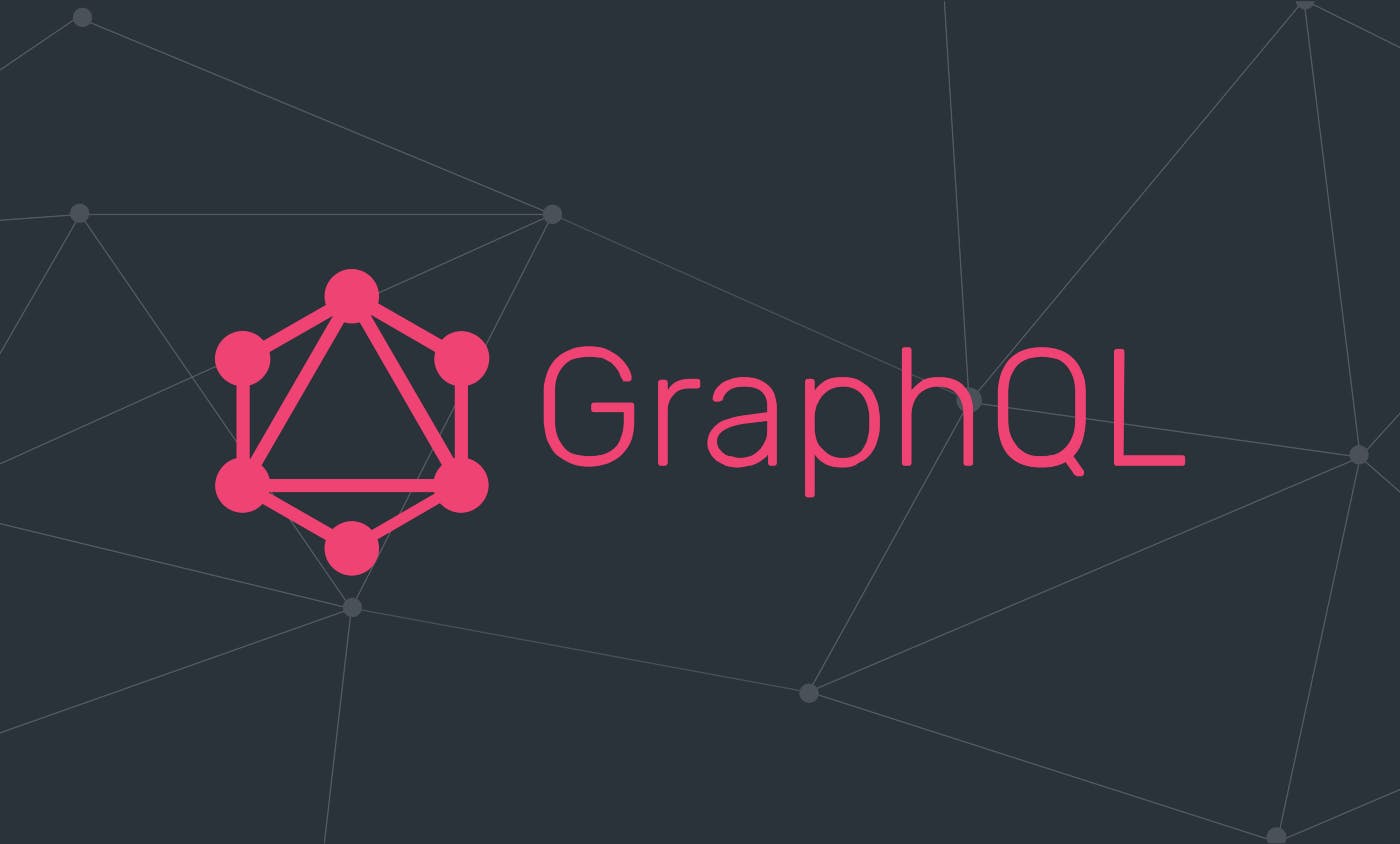832 reads
Going Beneath the GraphQL Federated API
by
November 28th, 2022
Audio Presented by

I am a daddy, a coder, a tech blogger, a music lover, a photographer, and an all in all nerd.
About Author
I am a daddy, a coder, a tech blogger, a music lover, a photographer, and an all in all nerd.
Comments
TOPICS
Related Stories
10 Threats to an Open API Ecosystem
Jul 18, 2022
